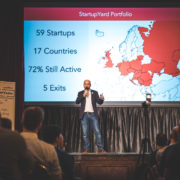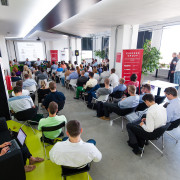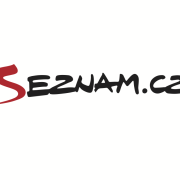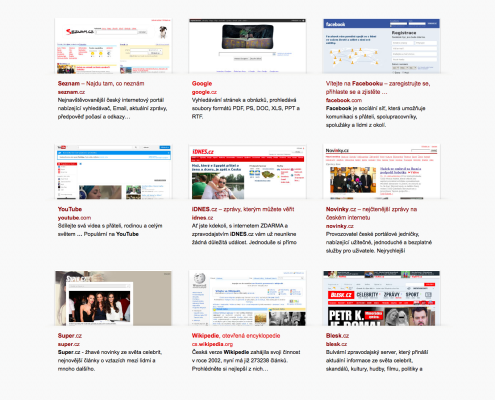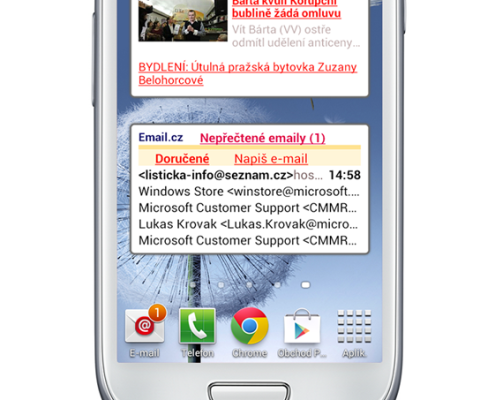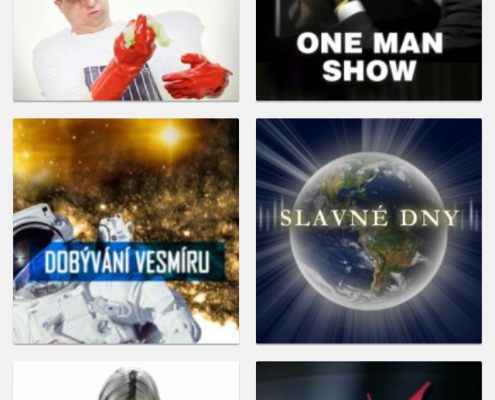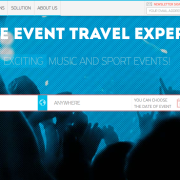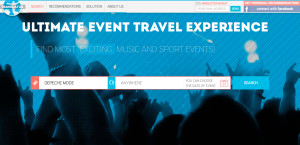We need to attract 6 of the best Startups in Europe in just 6 Weeks, and we’ll be sharing the whole excruciating, beautiful process on this Blog.
Welcome to the New StartUp Yard Blog. Getting here wasn’t easy. Why is there a dragon in the lobby anyway?
We’re Going to Have an Insane 6 Weeks.
That’s putting it mildly. Recent conversations with friends go something like this:
-Hey, we’re redesigning our website and expanding our focus to all of Europe, recruiting at least 200 applicants, and we’ll select 10 finalists and 6 teams to enter our 3 Month Acceleration Program in Prague.
-Great! Sounds like a challenge. When do you launch? Q3 2014?
-Huh, what? We launch next week.
– Oh… ok. How long do you have to get the applications?
– Six weeks.
– Oh… Are you sure this is a good idea?
– The Board says it’s fine…
– Ok…. good… luck.
We’re a StartUp Seed Accelerator that is actually being run like a startup. It’s going to be great.
Is This a Bad Idea?
Not necessarily. Our feeling is that a startup Accelerator should be run a lot like a startup. Experiment, take risks, grow into new spaces, and never lose the edge that made us entrepreneurs and inventors in the first place. We’ve done this before, so while it can be scary, we know it’s actually supposed to be. That’s how you know you’re doing something really unique.
Blue Screen of Total Panic
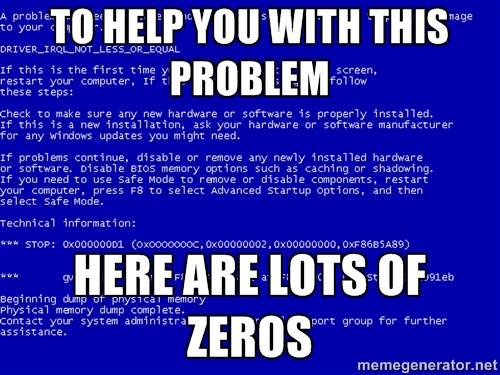
0x00000000D1… Of Course!
Is 200 applications a lot? Yeah, it is. And worse yet, we know the bulk of the applications for the next Acceleration round won’t come in until the final week. According to TechStars, a whole 25% of applications come on the very last day. We’ll have 2 months to review, vet, select and invite 6 teams to Prague. Even if we just spent the 2 months reading, there would only be time to review each application for a few hours at most, but we will have to have most of the teams selected within a month, in time to prepare their accommodation, their travel arrangements, and the logistics of a 3 months stay in the heart of Europe. More importantly, we’ll have to prepare a huge team of mentors, investors, and others who will work directly with the teams, according to their needs and various stages of development.
The Stakes are Rather High
We’re making decisions that affect a lot of people’s lives, including our own. We’re going to be working with the teams we choose for 6 months (3 months in Prague, 3 months back home), and those teams are going to be building products and services from scratch. And we’re going to be making a largish investment in the ideas that get those teams to our offices in Prague, not only in money, but in time; the time and attention of some very important people we’d rather not let down.
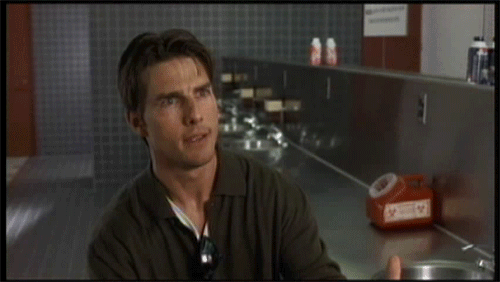
Tom Gets Us
Which is good news for you, denizens of the startosphere: because we’re going to lay it all out here.
But This is Exactly Where We Live
If there are 6 teams of startups in our program, we’re the 7th startup. That’s our ethos. That’s why this Blog won’t be a PR Machine. For the next half year, we’re going to share every gritty detail of life at StartUp Yard, as we cull and cultivate 6 of the most promising startups in Europe, and put them through one of the toughest and most rewarding experiences of their professional lives.
The idea will be to build, in breadth and depth, a vision of the process through which our startups get funding, achieve success, crash and burn, and maybe even become profitable. We are admirers of the work of such notorious Blogs and Bloggers as Agent of Truth, Paul Graham, ViperChill and Unicorn Free, and we intend to laugh and cry together, as we build something we’re proud of.

Our Homebase at Tech Square, Prague.
Why do this? Well dear friends, because our purpose on this Earth is not to make starting a new business pleasant or even necessarily easy, but to make it comprehensible; to make it possible. Because while some would have you believe they’ve got a secret sauce, and can sell you the formula for $99, we don’t use any sauce at all. We just work hard and well, and we think you should to. And that’s not a formula that is for sale anywhere, because good ideas are easy, but making them work is hard (and way more fun).

Does your office have a pillow room? Ours does.
And while we can’t make you work hard (if the promise of doing great work isn’t enough, nothing is), we can help you to work well, and that’s what we are going to try to do here. You can call it a public service, but the public includes us: this Blog will be a platform for our attempts to positively affect the ecosystem we work in.
Why Quality Matters
We hear big numbers a lot when we talk about “growth hacking” and data. But focusing on those numbers, as entrepreneurs, often leads us to forget what they mean. Startups define their successes in numbers: a market cap, a number of users, a CTR or a retention rate, but these numbers are the result of two things: the quality of the product that is being offered, be it represented in the marketing or the website, or in a piece of software or hardware itself, and the quality of the process that the company follows in getting from the first user, to the hundred thousandth. These are the factors that will matter to us here: the things that lend a product or a service real value: that they work well, and that they are put in the hands of people who need them.
But Please, What’s Your Pitch?
Hang on, let me get a copywriter.
StartUp Yard is a seed accelerator for technology startups. For 3 years, we’ve been working with teams from all over Europe with great ideas, helping them to turn those great ideas into great companies. And so far we’ve done well.
 The Accelerator Program
The Accelerator Program
The life of StartUp Yard revolves around the Accelerator Program, a 3 month intensive residency at our offices in Prague, Capital City of the Czech Republic. Here you’ll be mentored and coached by scores of entrepreneurs with combined decades of experience doing what you’re trying to do: building and launching a tech startup from scratch. Our mentors have worked with Google, IBM, Seznam.cz, and Yahoo, to name a few; we have angel investors, tech directors, PR managers, a pro native English copywriter, and more.
European teams chosen for this program get free lodging and food for the 3 month program, return flights to one of the most beautiful cities in the world, as well as over $300,000 dollars worth of perks from Microsoft, Google, and our other partners.
Better than all that, you’ll get hands-on training from a dynamic team of mentors, walking you through every step necessary to make your company a success, from legal, to finance, to hiring, to site design, and giving you the chance to perfect your pitch and see what’s possible. We don’t just tell you: we work with you to get these processes moving. The grueling first 3 months ends on Demo Day, when you get a chance to shine like it’s 1979, and you’re Steve Jobs (or maybe you’re Woz, that’s fine too).
Following the 3 month in-house program, teams return home to launch their companies for another 12 weeks, remaining in constant touch with mentors and the StartUp Yard team, as your company grows and matures, culminating after another 3 months in Investor Day- a conference in which you’ll get the opportunity to to be judged by highly qualified investors.
We forge connections, build relationships, reinforce good organizational habits, and work our teams down to the last detail. That what we love doing: helping you work well, and encouraging you to work hard.
Because we’re good enough, we’re smart enough, and gosh-darnit, people like us.
Thus ends “PR” in this Blog, in a traditional sense. And thus begins our real purpose:
We will attempt be to lay out transparently, and in detail, from all the pretty and not-so-pretty angles, what starting a company with us really looks like. We want to learn something, and we hope you do to. Everything will be fair game in these pages. Anything can happen (and probably will).
What can you expect along the way? We’ll be posting interviews with Entrepreneurs, mentors, founders, angels, and even copywriters. We’ll be going into detail on the nitty gritty, funky little details that make the difference between life and death for a startup that’s working with us. And we’ll be addressing the big questions too: why start a business, how to build a company culture, and how to deal with success and failure. If we think it, and it isn’t too stupid to live, we’ll tell you about it.
Trying to Live by Our Principles

“When Cortez reached the New World, he burned his ships. As a result, his men were well motivated. Personally, I give us 1 chance in 3” – Sean Connery, The Hunt For Red October
This blog will also be a place where we attempt to live by our principles. So when we tell a young company that a boring PR Blog is a very bad thing, we have to sort of mean it, and not have a boring PR Blog. If we say take risks, we have to take risks. Beyond that, we’re going to push ourselves here to engage you, by giving you content that actually matters- something in which you’ll find real value. If we can learn from our mistakes, so can you. If we can learn from our successes, so much the better that you do too.
[ssba]


